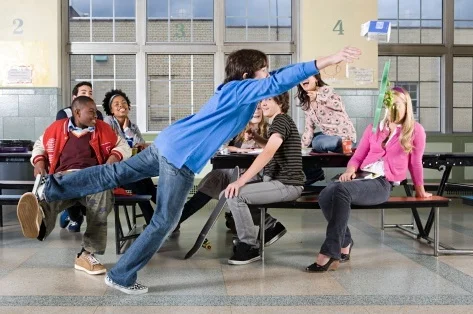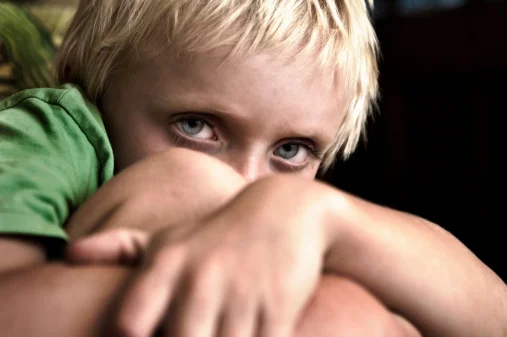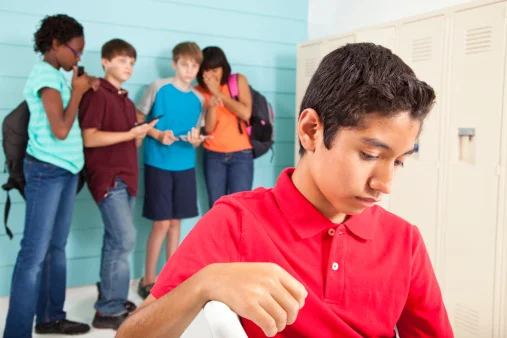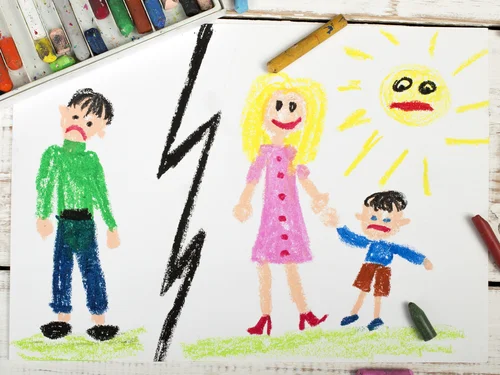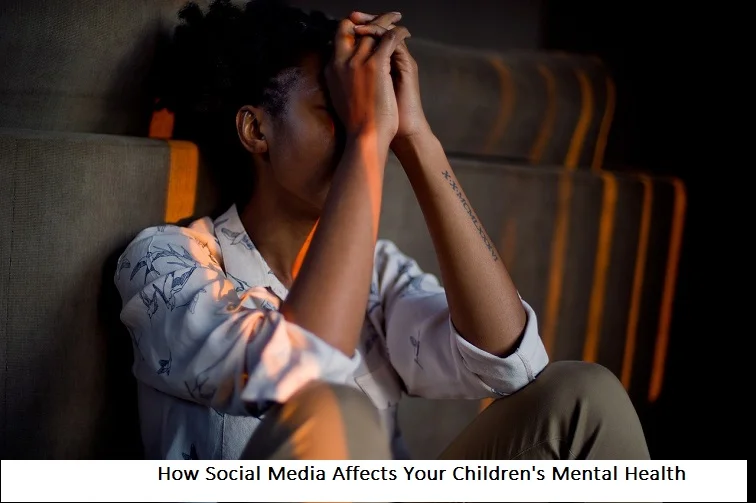+1 845 259 2974 (11 a.m to 7 p.m CST)
Bullying in Locker Rooms: Educators and Parents Can Stop It
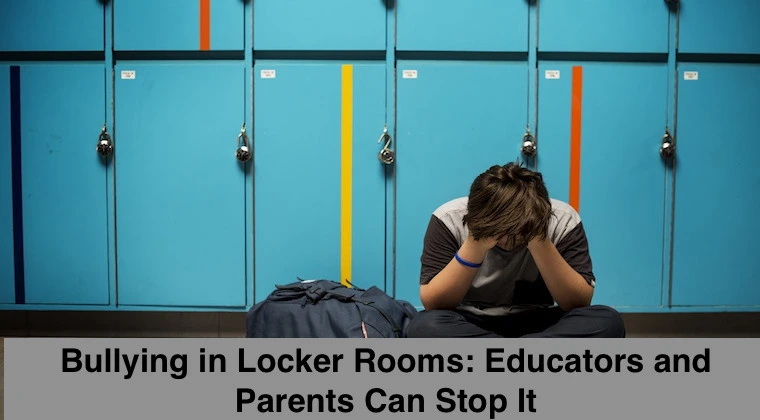
Bullying in locker rooms is an issue that deserves more attention. These spaces, often unsupervised, are common locations where students experience verbal, physical, or emotional harassment. Locker room bullying can cause significant harm, affecting victims' mental and physical well-being, self-esteem, and even their performance in school or sports. Both educators and parents play a crucial role in tackling this issue to create safer environments for students.
Why Locker Room Bullying Happens
Locker rooms can easily become spaces for bullying due to their unique dynamics and lack of direct oversight. Understanding the root causes is essential for addressing the issue effectively.
- Lack of Supervision
Locker rooms are often unsupervised or monitored infrequently by educators or coaches, making them prime spots for bullying. Bullies take advantage of this lack of adult presence to target others without fear of being caught. - Peer Pressure
Students may engage in bullying to fit into a particular social group or gain approval from peers. The desire to appear dominant or "cool" can lead some students to target their classmates. - Body Image Issues
Locker rooms are places where students are often vulnerable, as they change clothes in front of peers. Differences in physical development, weight, or appearance can lead to teasing, humiliation, or other forms of harassment. - Competition and Rivalry
Locker rooms are closely associated with sports and physical activities, where competition can create tension. Rivalries between teammates or opposing teams may manifest as bullying, particularly toward those perceived as weaker.
By addressing these root causes, educators and parents can begin to create strategies that make locker rooms safer and more inclusive.
The Impact of Locker Room Bullying
The effects of bullying in locker rooms can extend far beyond the immediate situation. It impacts victims’ emotional, mental, and social well-being, sometimes with long-lasting consequences.
- Emotional and Psychological Harm
Victims of locker room bullying often experience feelings of anxiety, fear, and depression. Constant humiliation and harassment can erode their self-esteem and sense of self-worth. - Physical Injuries
In some cases, bullying involves physical aggression, leading to injuries that may go unreported due to fear of retaliation or embarrassment. - Decline in Academic Performance
The stress and anxiety caused by bullying can make it difficult for students to focus on their studies. They may avoid school altogether to escape their bullies, resulting in lower grades and attendance. - Withdrawal from Sports and Activities
Students who are bullied in locker rooms may lose interest in sports or other physical activities, even if they once enjoyed them. This withdrawal can limit their opportunities for growth and social connection. - Long-Term Trauma
The impact of locker room bullying often lingers into adulthood. Victims may develop trust issues, social anxiety, or even post-traumatic stress disorder (PTSD).
Recognizing these consequences highlights the urgency of addressing bullying in locker rooms before the damage becomes irreversible.
How Educators Can Help Stop Locker Room Bullying
Schools and educators have a responsibility to ensure the safety and well-being of their students. By taking proactive measures, they can significantly reduce incidents of bullying in locker rooms.
- Increase Supervision
Regular adult presence in locker rooms can act as a deterrent to bullying. Educators and coaches should be trained to monitor discreetly, ensuring privacy while also being available to intervene if necessary. - Establish and Enforce Clear Rules
Anti-bullying policies should be clearly communicated to all students. These rules should outline what constitutes bullying, the consequences for engaging in it, and how students can report incidents safely. - Promote a Culture of Teamwork
Coaches and teachers can foster positive relationships among students by encouraging teamwork and mutual respect. Activities that require collaboration and support can help break down barriers and reduce the likelihood of bullying. - Educate Students on Bullying
Regular workshops and discussions about the effects of bullying can help students understand its impact. Role-playing exercises and open conversations can teach empathy and respect for others. - Provide Safe Reporting Channels
Many victims or witnesses of bullying hesitate to come forward due to fear of retaliation. Schools should create anonymous reporting systems, such as suggestion boxes or apps, to make it easier for students to seek help.
By taking these steps, schools can create an environment where all students feel safe and supported, even in traditionally unsupervised spaces like locker rooms.
How Parents Can Support Their Children
Parents play a crucial role in recognizing and addressing locker room bullying. Open communication and proactive involvement can make a significant difference in a child’s experience.
- Watch for Warning Signs
Changes in behavior, such as reluctance to attend sports practice, unexplained injuries, or sudden mood swings, can indicate that a child is being bullied. Parents should pay close attention to these signs and address them promptly. - Encourage Open Communication
Creating a safe space for children to talk about their experiences is vital. Parents should ask open-ended questions and listen without judgment, making it easier for their child to share their concerns. - Teach Assertiveness Skills
Equipping children with the confidence to speak up against bullies can empower them to handle difficult situations. Teaching them how to seek help from a trusted adult is equally important. - Collaborate with Educators and Coaches
Parents should maintain open lines of communication with school staff to ensure their child’s concerns are taken seriously. Working together with educators and coaches can lead to effective solutions. - Build Confidence Through Positive Activities
Encouraging children to participate in activities that boost self-esteem can help them develop resilience. Celebrating their achievements, whether academic, athletic, or personal, reinforces their sense of self-worth.
Parental involvement is a powerful tool in combating bullying and fostering a child’s overall well-being.
Fostering a Culture of Respect
Preventing locker room bullying requires a collective effort from educators, parents, and students. A culture of respect begins with clear expectations and positive reinforcement.
- Promote Inclusion
Schools should emphasize the importance of inclusivity and discourage cliques or exclusionary behavior. Celebrating diversity can help students appreciate their differences. - Model Respectful Behavior
Teachers, coaches, and parents must lead by example. Demonstrating kindness and respect in interactions sets the tone for how students treat one another. - Reward Positive Behavior
Recognizing and rewarding acts of kindness can encourage students to replicate such behavior. Highlighting teamwork and sportsmanship during assemblies or events reinforces positive values. - Address Issues Promptly
Schools should respond to bullying reports quickly and thoroughly. A delayed response can exacerbate the problem and make victims feel unsupported.
By instilling a sense of responsibility and mutual respect, educators and parents can ensure locker rooms become places of encouragement and camaraderie rather than fear.
Locker room bullying is a serious issue that affects countless students every day. Its impact extends far beyond the locker room, influencing victims’ emotional, social, and academic lives. By working together, educators and parents can create environments where students feel safe and valued. Through increased supervision, education, and open communication, locker rooms can transform into spaces of respect and teamwork. Every student deserves to feel secure, whether they are preparing for a game, participating in physical education, or simply changing for their next class. Let’s take a stand against locker room bullying and ensure no child has to face such challenges alone.

